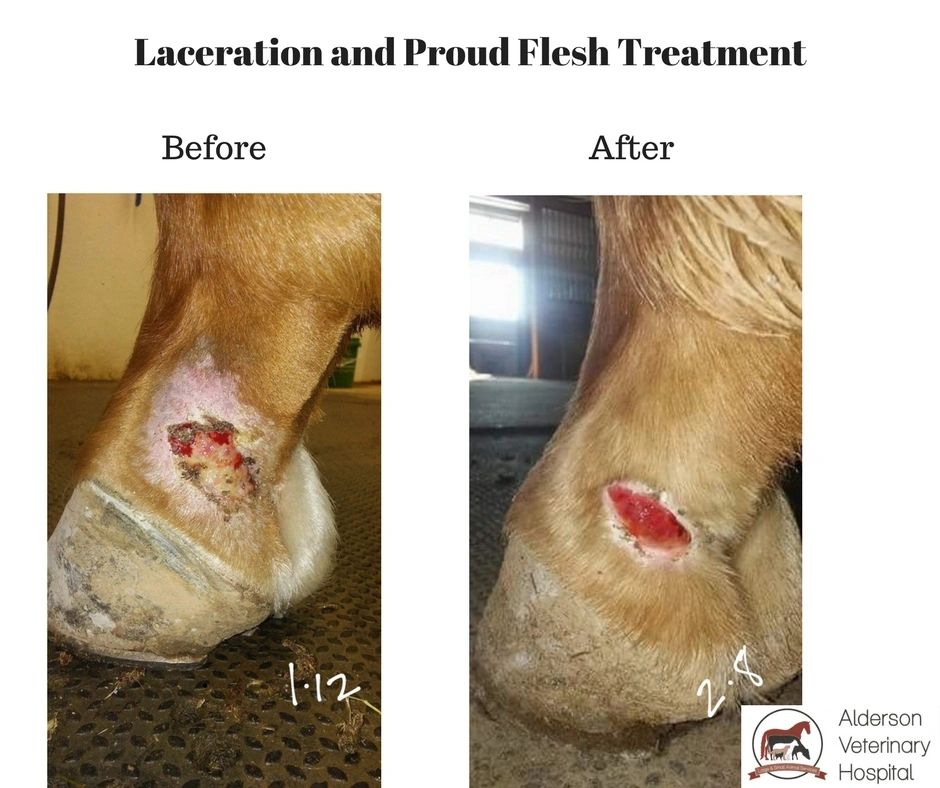Equine Therapy for Trauma Healing: How Horses Help Heal Emotional Wounds
Equine Therapy for Trauma Healing: How Horses Help Heal Emotional Wounds
Blog Article
How Laser Therapy in Horse Therapy Is Transforming Vet Treatment for Horses
Laser treatment has arised as a transformative method in equine veterinary care, providing a non-invasive service that speeds up recovery and boosts overall health and wellness. Leveraging exact light wavelengths, this innovative therapy boosts cellular regrowth, lowers inflammation, and reduces discomfort. Its effectiveness expands from bone and joint injuries to persistent ailments like osteo arthritis, considerably enhancing flexibility and life high quality for equines. The transportability and versatility of laser treatment gadgets even more emphasize their growing necessity among veterinarians. As we check out the complex technicians and real-world successes, the profound effect on equine medical methods comes to be progressively obvious.
Recognizing Laser Treatment

The innovation behind laser therapy is grounded in the concept of photochemistry, where photons are absorbed by chromophores within cells, bring about raised ATP manufacturing and inflection of responsive oxygen varieties (Equine Therapy). This, subsequently, promotes cellular expansion, reduces inflammation, and accelerates recovery. Veterinary experts utilize different sorts of lasers, including low-level lasers (LLLT) and high-power Class IV lasers, depending on the particular healing purposes and the nature of the equine condition being dealt with
Various laser wavelengths and power settings are carefully picked to target various cells depths and achieve desired medical end results. Safety procedures are extremely important, as improper use can lead to thermal damages or suboptimal restorative results. Therefore, an extensive understanding of laser treatment's devices and applications is essential for its reliable execution in equine veterinary method.
Advantages for Horse Wellness
The myriad benefits of laser treatment for equine health and wellness encompass improved healing, discomfort decrease, and improved flexibility. This advanced therapy method leverages certain wavelengths of light to permeate cells, stimulating cellular feature and promoting rapid tissue repair service. The non-invasive nature of laser therapy ensures minimal stress and pain for the equine, facilitating a smoother recovery process.
Improved healing is one of the primary advantages, as laser treatment speeds up mobile regeneration and collagen synthesis. This results in much faster healing times from injuries and medical treatments. Discomfort decrease is accomplished with the anti-inflammatory effects of laser therapy, which reduces swelling and minimizes the manufacturing of pain-inducing chemicals. As an outcome, steeds experience considerable relief from chronic and sharp pain conditions.
By decreasing swelling and discomfort, and boosting cells repair service, laser treatment assists in restoring joint function and muscle adaptability. Therefore, laser therapy stands as a transformative tool in contemporary equine veterinary treatment.
Usual Conditions Dealt With
Laser therapy has emerged as a functional treatment choice for a range of typical equine conditions. Among these, musculoskeletal injuries are especially open to laser treatment. Equine Therapy. Soft cells injuries, such as tendonitis and tendon strains, gain from the anti-inflammatory and analgesic impacts of laser therapies, which speed up healing and lower pain. Additionally, laser therapy works for conditions like osteoarthritis, where it aids mitigate joint inflammation and promote cells fixing.
Wound administration is an additional location where laser therapy has revealed significant assurance. Chronic wounds or slow-healing ulcers can be especially tough in steeds, however laser treatment enhances cellular regeneration and boosts blood circulation, thus speeding up the healing procedure. Laser therapies have been effectively employed in handling unguis problems such as laminitis and abscesses, reducing pain and advertising much faster recuperation.

Innovation Behind Laser Treatment
Past the myriad conditions treatable with laser therapy, company website the technology itself merits closer exam. At the heart of laser therapy is making use of particular wavelengths of light to permeate tissues and generate biological actions. These wavelengths, typically varying from 600 to 1000 nanometers, are uniquely absorbed by chromophores in the skin, muscle, and various other cells, prompting a cascade of mobile occasions.
Laser gadgets utilized in veterinary medication commonly make use of low-level laser treatment (LLLT) or chilly laser treatment. Unlike high-powered surgical lasers, these tools run at reduced energy degrees, maximizing healing advantages while reducing thermal damage. The energy from the laser light promotes adenosine triphosphate (ATP) production, enhances mobile metabolic process, and increases cells repair work processes.

Success Stories and Case Studies

Showcasing the concrete advantages of laser therapy, numerous success tales and study brighten its transformative effect on equine health. One such situation entails a purebred racehorse struggling with chronic tendonitis. Conventional treatments yielded minimal enhancement, however after helpful hints integrating laser therapy right into the program, the horse showed substantial reductions in inflammation and pain within weeks, ultimately returning to affordable auto racing.
One more compelling instance includes a dressage horse identified with severe neck and back pain, restricting its efficiency. A veterinary team utilized low-level laser therapy (LLLT) to target the swollen areas, resulting in marked renovation in versatility and a notable decrease in discomfort. Over several sessions, the horse reclaimed its peak kind, showcasing the efficiency of laser therapy in dealing with musculoskeletal problems.
Additionally, a study performed at a leading equine center examined 50 equines with numerous soft cells injuries treated with laser treatment. The outcomes stood out: 85% of the equines demonstrated sped up recovery times and boosted mobility. These cases emphasize the flexibility and effectiveness of laser therapy in equine medicine, providing a non-invasive, scientifically-backed strategy to enhancing recuperation and efficiency in horses.
Verdict
Laser therapy is transforming equine veterinary treatment by offering a look at here now non-invasive therapy that speeds up recovery, decreases inflammation, and reduces pain. With its effectiveness in treating a series of problems, from musculoskeletal injuries to persistent ailments like osteoarthritis, this modern technology dramatically enhances equine wellness and mobility. The portability and versatility of laser therapy additionally emphasize its transformative impact on vet methods, strengthening its duty as an essential tool in contemporary equine health care.
Report this page